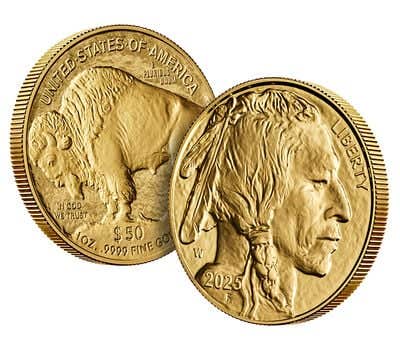Founders called for one currency
I always find it fascinating when a member of congress does not learn the lessons of history.
This article was originally printed in Numismatic News.
>> Subscribe today!
I always find it fascinating when a member of congress does not learn the lessons of history.
During Rep. Ron Paul’s Extensions of Remarks on March 15, he said, “At this country’s founding, there was no government controlled national currency. While the Constitution established the congressional power of minting coins, it was not until 1792 that the U.S. Mint was formally established. In the meantime, Americans made do with foreign silver and gold coins. Even after the Mint’s operations got underway, foreign coins continued to circulate within the United States, and did so for several decades.” Unfortunately, Rep. Paul learned the wrong lesson from history.
In the first attempt to form the perfect union, the Articles of Confederation did not address a common economy that could leverage the strength of all states for the benefit of the union. As a result, states would issue paper money in an attempt to support commerce and pay the debt of the Revolutionary War. While the colonies tried to tie their currency to the price of silver, especially the Spanish reales, the strength of their economy caused their currency to fluctuate across state lines.
When the authors of the constitution went to form a more perfect union, it was realized that in order for the country to survive and protect commerce between the states and from international pressures the country should have a common currency. Essentially, the whole is stronger than its parts. It was best explained by James Madison in Federalist No. 44 when he wrote:
“Had every State a right to regulate the value of its coin, there might be as many different currencies as States, and thus the intercourse among them would be impeded; retrospective alterations in its value might be made, and thus the citizens of other States be injured, and animosities be kindled among the States themselves. The subjects of foreign powers might suffer from the same cause, and hence the Union be discredited and embroiled by the indiscretion of a single member.”
By reining in the chaos caused by 13 different economic policies, the more perfect union turned this young country into an economic powerhouse that has surprised empires of years past.
Rep. Paul also fails to recognize the real reason for the continued use for foreign currency in the new nation. Upon passage of the Constitution and prior to the passage of the Coinage Act of 1792, the new government realized that it was not ready to supply coins to satisfy the needs of the new nation. Even after the passage of the first Coinage Act, congress realized that the U.S. Mint needed time to produce enough coins for the nation. Rather than plunging the economic potential of the new nation into chaos, the government continue to allow foreign coinage, specifically the Spanish reales, to be used for commerce. This continued until the passage of the Coinage Act of 1857. Aside from authorizing the issuing of the small cent, which the U.S. Mint did by striking the Flying Eagle cent, the law demonetized foreign coinage in the U.S. and gave citizens two years to redeem their foreign money for the equivalent in U.S. coinage.
It is unfortunate that an elected lawmaker uses the wrong lesson from history to push an agenda that will do more harm than good.
Scott Barman is a hobbyist in Rockville, Md., and writes about coins at coinsblog.blogspot.com. Viewpoint is a forum for the expression of opinion on a variety of numismatic subjects. The opinions expressed here are not necessarily those of Numismatic News. To have your opinion considered for Viewpoint, write to David C. Harper, Editor, Numismatic News, 700 E. State St., Iola, WI 54990. Send e-mail to david.harper@fwmedia.com.
More Coin Collecting Resources:
• Subscribe to our Coin Price Guide, buy Coin Books & Coin Folders and join the NumisMaster VIP Program









